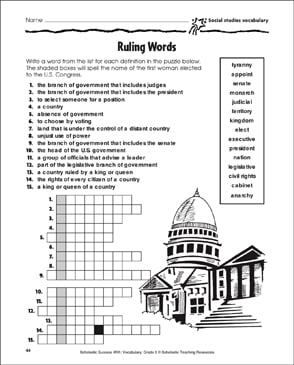
Placements outside this area require special approval and are considered on an individual basis. Most students are placed in a district within a 60-mile radius of Iowa City. For more information and an advisor, contact the Department of Teaching and Learning.įor initial licensure, student teaching must be an all-day, full-semester experience. Additional subject area endorsements can be completed in any 5–12 licensure program.
#X word for social studies license#
Graduates who have earned one of these degrees at another institution and wish to earn the BA in social studies education should consult the Department of Teaching and Learning additional coursework may be required.Īn Iowa secondary teaching license qualifies holders to teach in grades 5–12. Separate application to each degree program is required. Students must earn one of these majors at the University of Iowa in order to earn the BA in social studies education: a BA in anthropology, a BS in anthropology, a BA in economics, a BS in economics, a BA in geography, a BS in geography, a BA in history, a BA in political science, a BS in political science, a BA in psychology, a BS in psychology, or a BA in sociology both degrees may be earned at the same time. Application information can be obtained through the Office of Student Services. The major requires admission to the Teacher Education Program (TEP). They must also must complete the GE CLAS Core.
#X word for social studies professional#
Students must maintain a grade-point average of at least 2.70 in professional education course requirements. in a social studies area outside of their designated major area of study. in social studies education content courses, and 15 s.h. in social studies professional education courses, 30–36 s.h. To stay up to date with sales, new products, and cool ideas related to teaching world geography and social studies.The Bachelor of Arts with major in social studies education requires a minimum of 120 s.h., including a minimum of 39 s.h. Just enter them in the PowerPoint files or by hand, run off your copies, and you’re ready to go. These quiz templates are all set up for teachers to add exactly the prefixes, suffixes, and root words that they want to test. Now what? Test your students’ learning with plug-and-play quizzes. So you’ve taught prefixes, suffixes, and roots, you’ve (ahem!) covered up the three posters on the wall so nobody can peek…. Quiz Template (teacher can fill in to test prefixes, suffixes, and root words of their choice) To make help students find and learn content, each poster focuses on a different “family” of prefixes, suffixes, and roots:Ĩ.5 x 11 Printable Table (filled and blank organized)įor teachers that want an easy-to-print interactive binder-friendly list of prefixes, suffixes, and root words, Teach-and-Learn has included all 38 prefixes, suffixes, and roots and the corresponding definitions and examples on just two pages that can be printed front and back. Did you know that that means surrounded by land?

You and your students will see many favorites from equator to demographics and some unexpected ones like Mediterranean. Three printable 11 x 17 inch World Geography posters list 38 of the most common prefixes, suffixes, and roots seen in World Geography together with a simple and clear definition, an example word from everyday life, and an example word from World Geography. This World Geography Prefixes, Suffixes, and Root Words Pack has three elements: And that’s why Teach-and-Learn Social Studies is proud to offer this integrated combination pack of World Geography prefix, suffix, and root word resources.

After all, don’t most students have an easier time remembering the word “equator” knowing that it shares a root with equal? And, even better, once they make this connection, don’t students have a deeper intuitive grasp of how the equator divides the globe into two equal parts and why the equator might be important? But what if there were a resource to help students not only learn the word but also develop a deeper understanding of the concept behind the word at the same time? World Geography and social studies vocabulary –and there’s a lot of it- often feels like a random pile of big-and-hard-to-memorize big words.


 0 kommentar(er)
0 kommentar(er)
